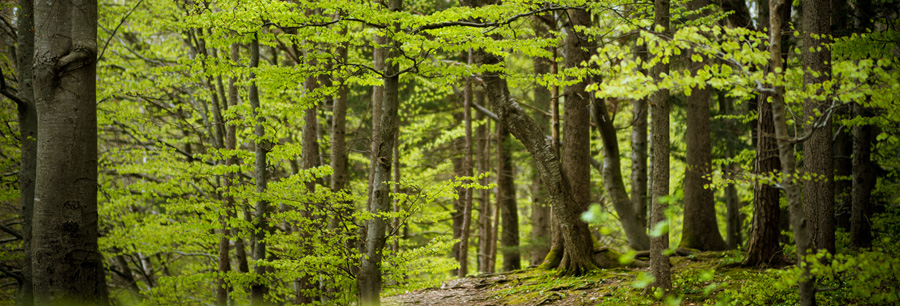 Sugar Maple (Acer saccharum)
Sugar Maple (Acer saccharum)
is most identifiable with the Canadian flag and maple syrup, but sugar maple, or as the industry identifies it, hard maple, is also a valuable species for its wood. Hard maple can produce white sapwood that consumers highly demand. Unfortunately their heartwood tends to be more caramel colored which is not desirable. It is always a big surprise to see how small or big the heartwood is for each tree.
Wildlife value
Being that sugar maple is a shade tolerant species, it can be a very common understory species. The leaves and twigs of the sugar maple are a preferred tree species to be browsed by white-tailed deer and rabbits. The seeds that are released in the late summer are important to wild turkey, squirrels, and other small animals. It has even been noted during the spring squirrels will gnaw on the bark and lick the sap that flows out.
Commercial value
White sapwood is preferred and commands a premium price. Young vigorous trees are more valuable per board foot. This is due to the vigorous trees will have a sapwood several inches wide, and an occasional tree will be sapwood nearly all of the way to the heart. Hard maple is a geographically far ranging species, and as a result, the intensity of whiteness of the sapwood can vary. Processing techniques can also affect the whiteness. Northern regions are thought to produce the whitest wood while southern locations tend to produce more yellowish or cream colored wood. Color in maple is a very subjective characteristic and difficult to judge.
Firewood attributes
24 million BTU’s in a cord of air dried firewood.
Difficult to burn.
Not easy to split.
Throws few sparks.
Nice aroma.

